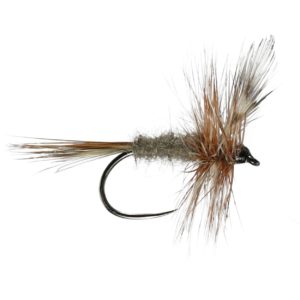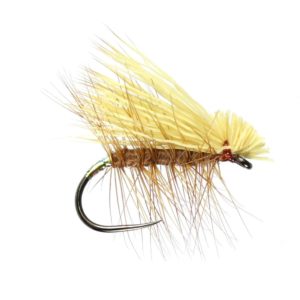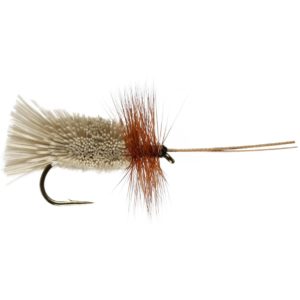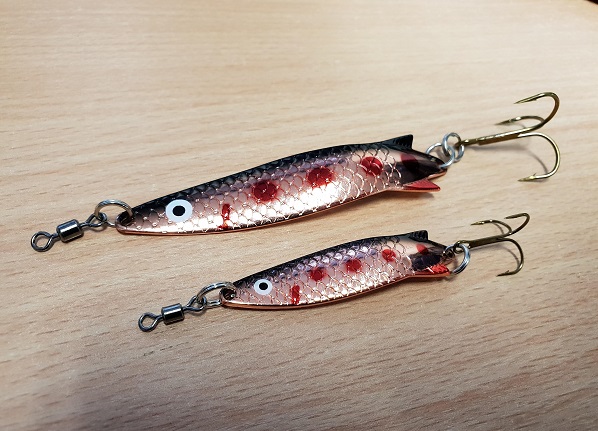As with many things in life, fly fishing can become very complicated and difficult because you hear so many comments saying you need this, you need that. But what do we actually need to have a good time on the river bank? It’s very easy to get distracted from the very basics and just over-think – or over-fish!

Going your own way
For many years now, When I’m fly fishing, if it’s a Stillwater, I will ask the fishery manager what kind of fly is working, what retrieve style is best at that time – whether it be a fast strip and pause, or a consistent figure of eight. This gives me a good idea of what has been working well and catching. However, you don’t need to follow exactly the same style. That’s why fly fishing is so enjoyable, you can make your own style and as long as it’s in the rules and works, then that’s what it’s all about…
A few months back, I was fishing in a gin-clear fly fishery in the heart of the South Downs -West Sussex. The fishery manager gave us the low-down of what flies were working, and as usual, I asked if a dry fly was an option – and he said with a grin “good luck with that today!”.
So, reading between the lines, I got the idea that a dry fly may not be the best option.
I rigged up my fly rod that I was using at the time, an Orvis Recon 9 FT #6 weight, and put on my trusted Stillwater destroyer – the Red Damsel Hotty.

Having a 4-fish ticket, I picked up an early pristine Rainbow Trout and they were going mad for the damselfly, – they were like tiny underwater missiles, darting in and out at the end of my leader. If I wasn’t careful, I could have bagged up the four-fish ticket in the first hour or so.

Red Damsel Hotty
When I’m fly fishing, I like to make it last as long as possible, I’m not there just to catch fish – it’s the whole experience and being right in the middle of nature.
Each time I use it as a learning process, seeing what flies and techniques produce the most activity, so for future use, I can be prepared for any circumstance. Just taking in the atmosphere and watching the wildlife makes me happy, but catching a fish is, of course, the main prize.
So, after picking up a second Rainbow on that day, it went quiet. One of those times when it seems like all the fish have had a chat and agreed to eat nothing more for the rest of the day.
It could be dry fly time I thought… I love dry fly fishing, as the adrenaline rush when a brownie or rainbow break the surface to nail the fly is my favourite thing.
So, going against the advice of the fishery manager, I followed my instincts and changed from the damsel and put on a Sedge fly. To be fair to him though, the damsel had worked well for the first couple of hours!
After stalking a shoal of Rainbows that were quite near the surface, I started my cast and landed the fly dead perfect in front of the shoal and BANG! First cast, a lovely 2.5lb Rainbow aggressively took the fly. Yess!

That’s why you don’t need to just follow the nymph and weighted fly game because to encourage a rise, a fly needs to hit the surface at some point, – so why not it be yours! Dry flies that work well for me can be found below –
- Adams
- Elk Wing Caddis Fly
- Deer Hair Sedge
Retrieve Style
The way in which you retrieve your fly can make a difference as to whether the fish will take your fly. They may want the fly to be moving slow, or they may want a quick zippy retrieve. It all depends on the conditions on the day. In the summer, I’ve had times where the fish want the fly dead still as they have become lethargic in the heat, but in the winter, they are up for large flies with a very quick retrieve.
When fishing a nymph or weighted fly, I use a steady figure of eight retrieve method. If the weather is quite cool, the fish become more active when the water temperature is low meaning they can become very aggressive when taking the fly due to the oxygen levels being high. In the summer, with temperatures on the rise, the trout tend to be nearer the surface lying static waiting for a fly to hit the surface. Since the oxygen levels drop in the heat, they don’t cruise around as much and become very slow. If in the summer they aren’t taking the dry flies, they may be taking flies that are very small, so don’t forget to bring your very small, natural coloured flies! Keep changing till you get the fish’s attention.
Think outside the box…
Now, thinking outside the box is one that I think is key. At fly fisheries, (or any fisheries for that matter), they create swims and pontoons to make it easy for you to stand and cast out. In between those swims, there’s a gap that never tends to be fished, usually, reeds have built up, or there are overhanging trees (fly stealers!)

Trout tend to sit tight to the bank by these reeds because it’s a zone that people can’t get to. You can get there! With your rod, gently poke it through the reeds and push the rod to the side, to create a small opening in the water. This creates a window into the water where you can see if any fish are lying still. Wait quietly until the water settles, then try your luck. You can sometimes pick off a few good fish by using a simple bow and arrow casting technique. More on that later…

In most fisheries, they have overhanging or fallen trees. This is a perfect place for the fish to sit as its safe cover, and food such as grubs and caterpillars fall from the branches (natures larder..).
Fish feel secure around a structure. If you find a place that has a fallen tree, or casting space is restricted then a bow and arrow cast is the perfect way to get your line out to the fish you are stalking. It’s actually a very simple technique and great in tight situations.
You simply hold the fly in one hand, (a leader length from the tip of your rod) and pull the line back. The rod then bends, and when you feel that there is enough power, let go. The rod acts as a spring and fires your fly out. It’s amazing how accurate you become – and it’s great fun. A very clever tip, for close distance casting… Remember – often the biggest fish are sitting very close to the bank in the dark cover.
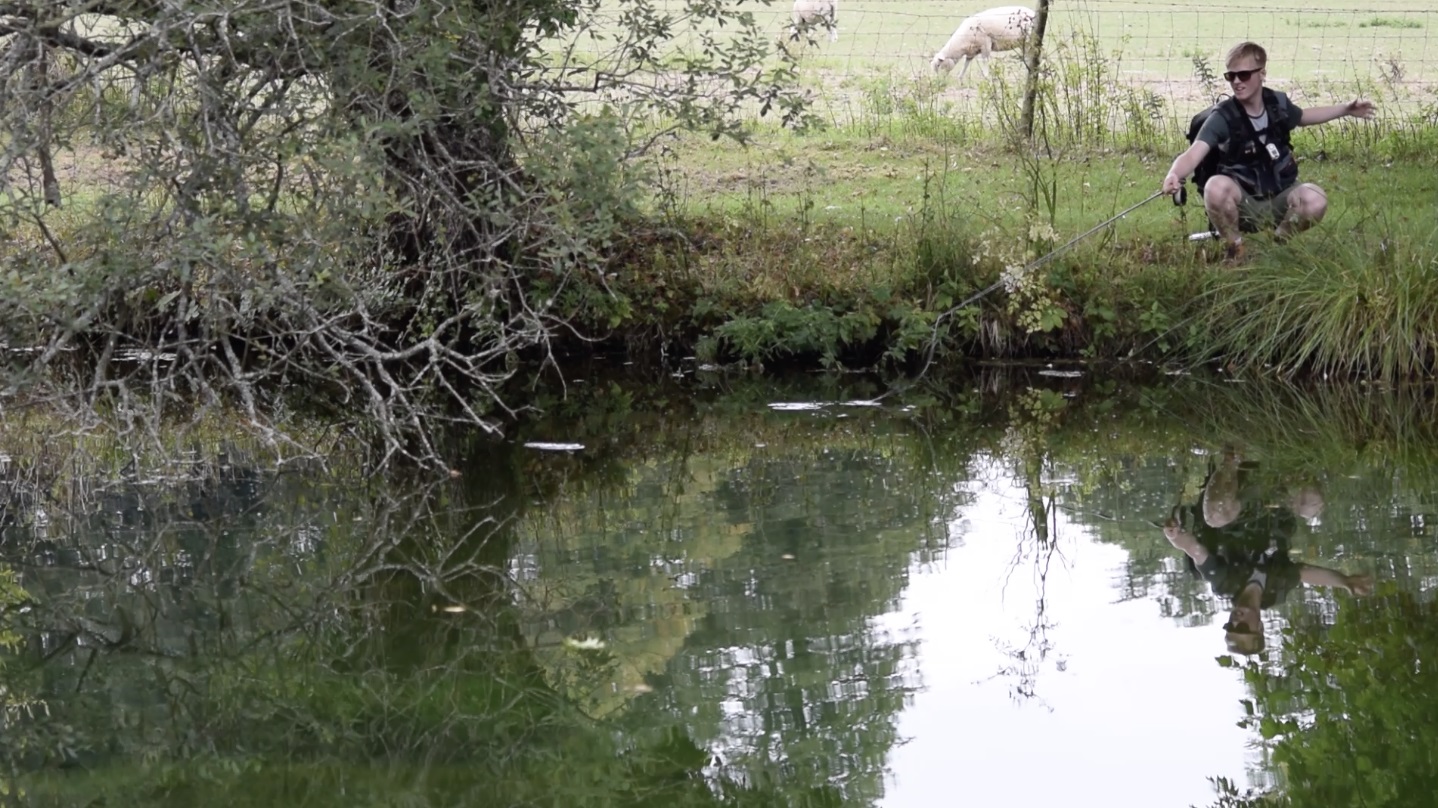
Kit
.There’s so much out there for you to get your hands on, awesome coloured reels, different rod types (Carbon rods, Glass Rods, Split Cane etc..). You can very easily get carried away. The best thing to do is start small, get yourself a lovely little setup, – mine was £30 for the rod, reel, line and a few flies, and I still use it (and catch) after 10 years!

The whole point is that it gets the job done without breaking the bank. Fly fishing can become very expensive, but it doesn’t need to be – start small until you feel you’re ready to expand your fly-fishing armoury… Then you’ll know exactly what reel or rod to upgrade to and you can get lost in the world of kit… and it’s a big world!
Research
Fly fishing doesn’t need to be difficult; the internet is a great way to find out the basics of fly fishing meaning you can go out there and give it a go very easily. There are many videos online with tips everything including casting, retrieving styles, what flies to use, and it’s free!
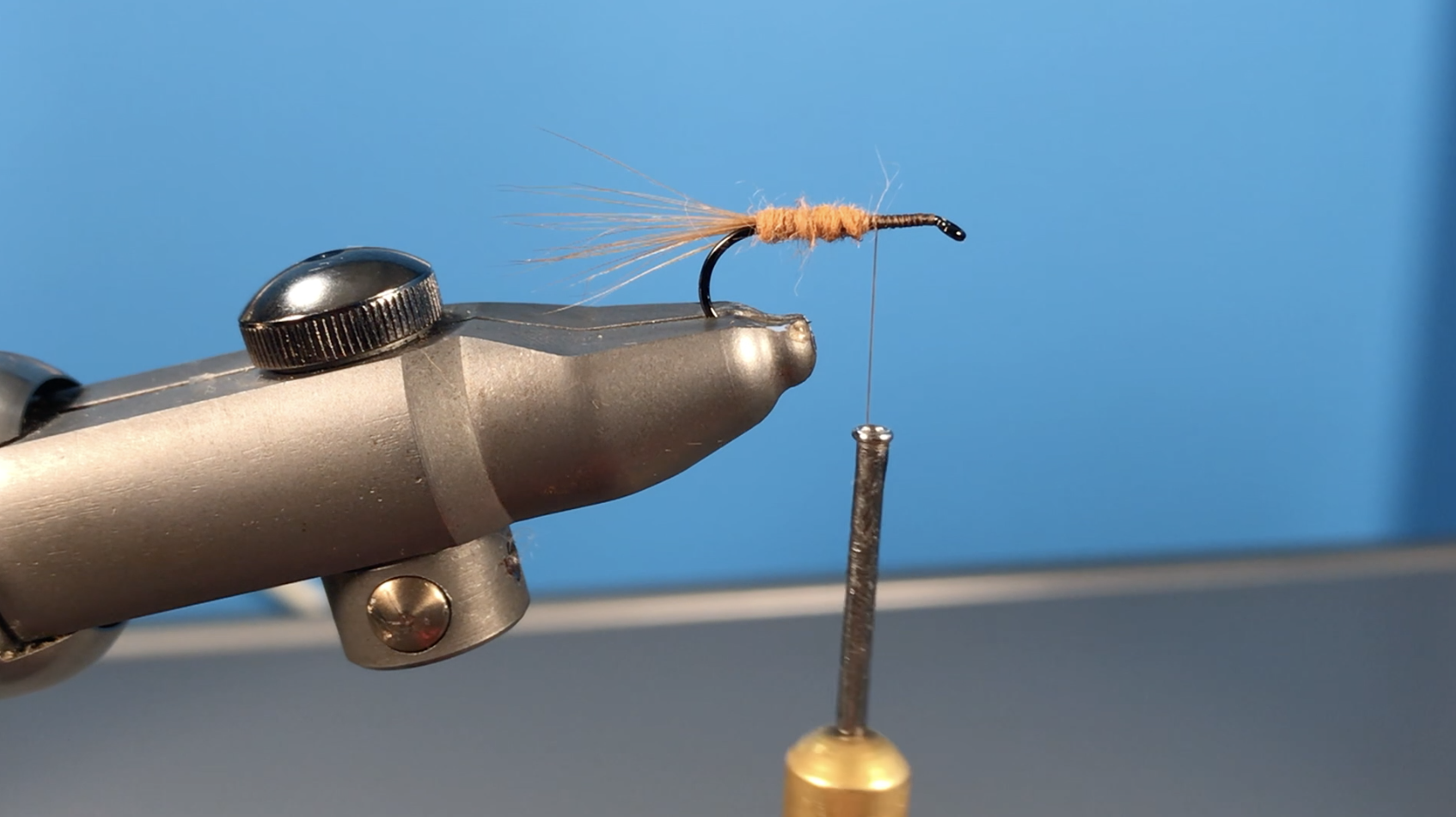
You can find fly tying videos for 1000’s of different flies.
Lastly (and most importantly) Have fun!
Just get outdoors and have fun, – fly fishing doesn’t mean you need to have the best gear, the best technique. If you’re out doing what you love then what can be better. Being outside for me reduces daily stress, and being in nature is mind-blowing.
Spending an evening on the bank watching wildlife and seeing their lives play out in front of my eyes is a pleasure to see. If I catch a fish during the time I’m on the bank then happy days.
Enjoy your fishing adventures to come and tight lines….
Zac Pattison, Angling Active Ambassador



